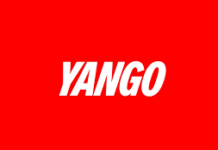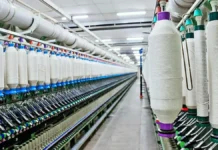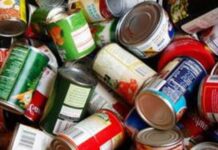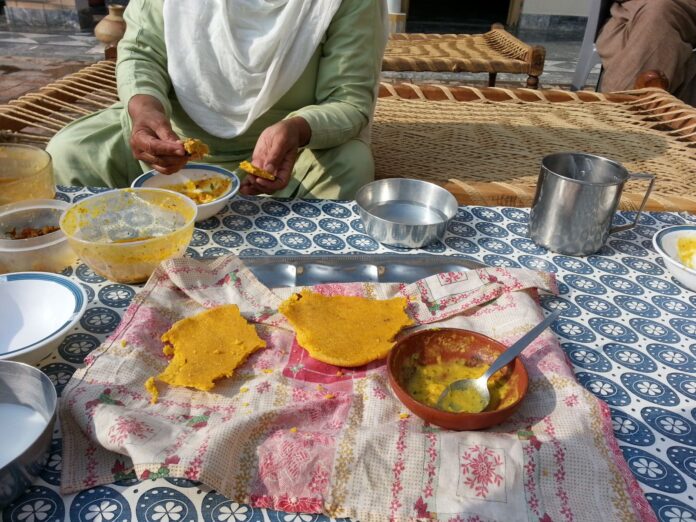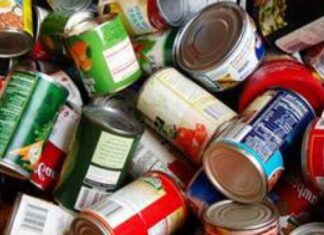Rural areas were hit more by food inflation than the urban areas, with the food inflationary gap between these areas increasing mostly in the second half of the calendar year 2020, the State Bank of Pakistan (SBP) said in a recent report.
According to the report compiled by a local media outlet, food prices gradually increased during the last 12 months, both in urban and rural areas. However, the pace of price hike in rural areas was higher than in urban areas.
From Dec 2019 food inflation moved from 10.4pc (12-month average) in urban areas to hit 13.3pc in Dec 2020.
In terms of percentage, food prices increased by 28pc during the 12 months (13.3-10.4=2.9pc or 28pc increase). In case of rural areas, food inflation in Dec 2019 was 11.3pc which rose to 16.2pc in Dec 2020, with food prices going up by 43pc in rural areas.
Rural areas remain poorer than urban areas. The rural-urban gap is still wide while the government claims that poverty has declined.
A World Bank report issued in 2018 said the poverty head count rate in rural Pakistan was twice as much in urban areas — 36 per cent versus 18pc. The gap had remained virtually unchanged since 2001-02.
Rural areas are the sole supplier of foods, but high food prices are making it difficult for the population already hit by poverty and low development.
In Dec 2019, the 12-month average food inflation was 10.4pc in urban areas compared to 11.3pc in rural areas; a gap of 0.9pc.
However, the gap jumped to 1.9pc as the rural food inflation rose to 14.8pc compared to 12.9pc of food inflation in urban areas. The gap further increased by 2.3pc in June as the food inflation rose to 15.9pc in rural areas while it was 13.6pc urban areas. In August the gap increased to 2.7pc as the rural food inflation was 16.7pc compared to 14pc in the urban areas.
However, the next two months October and November witnessed highest gap of 3.1pc as the food inflation rose to 17pc and 16.7pc respectively in rural areas while the same was 13.9pc and 13.6pc in the urban areas.
The last month of the calendar year 2020 noted the rural-urban food inflation gap as 2.9pc; the rural food inflation was 16.2pc compared to 13.3pc in urban areas in Dec 2020.
The WB report believes that 80pc poor living below poverty line are in the rural areas of Pakistan. The high food inflation is clearly hitting hard to the rural population.



